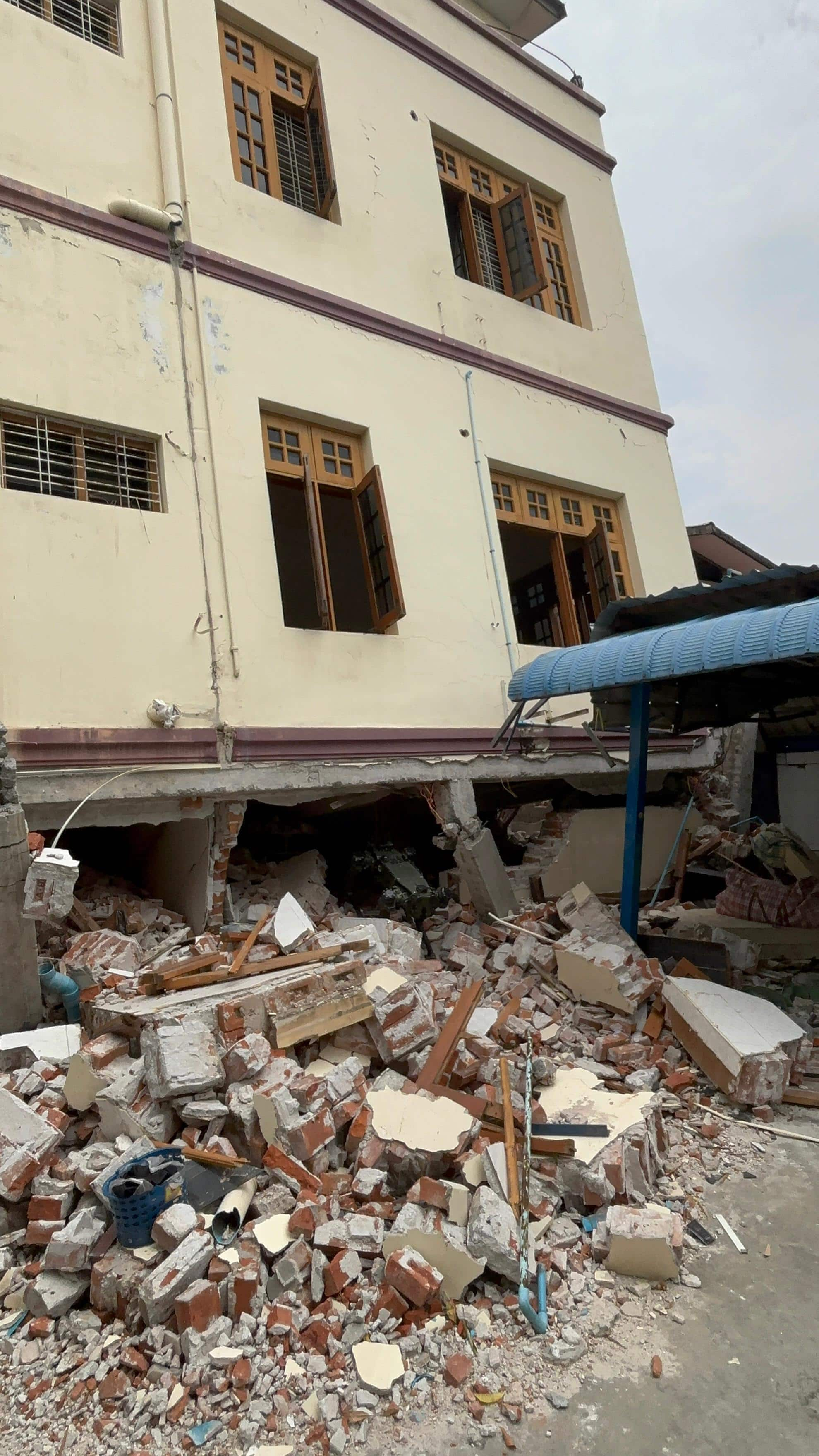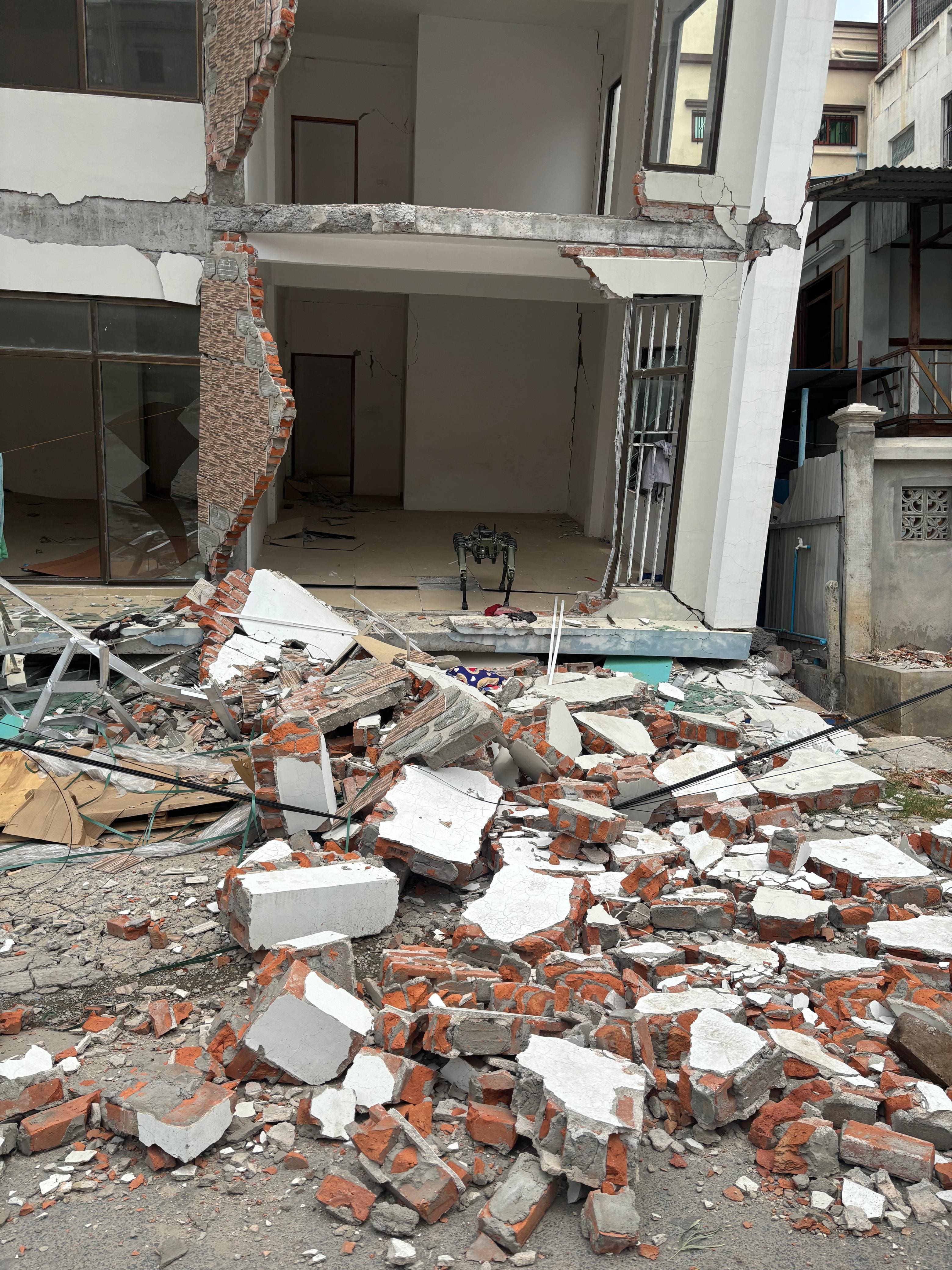New Delhi: With objectives to ensure efficient delivery, enhanced safety, and cost-effective solutions, Next-generation logistics innovations are being procured for the Indian Army to facilitate smooth operations and transform supply chain resilience through equipment such as drones and robotics.
Indian Army’s Robotic Mules in action for Search and Rescue (SAR) operations in Mandalay, Myanmar after the Southeast Asian country faced devastating 7.7 magnitude earthquake. #Myanmar pic.twitter.com/vtiPFyKqPT
— Anish Singh (@anishsingh21) April 20, 2025
From autonomous drones providing last-mile connectivity in high-altitude regions to robotic systems automating repetitive and dangerous tasks, the Army’s adoption of these advancements speaks volumes about its commitment to operational excellence and sustainability. This shift boosts mission readiness and aligns with India's vision for indigenous technological leadership.
The Indian Army is taking up reforms in logistics through next-generation drones and robotics, which ensure robust supply chains in challenging terrains while aligning with indigenous defence initiatives.
The shift is evident through the Indian Army’s Humanitarian Assistance and Disaster Relief (HADR) mission that it is currently undertaking in Mandalay, Myanmar, in the aftermath of earthquakes which have upended daily life.

For the first time, the Army has employed robotic mules and nano drones for search and rescue ops while carrying out HADR in Myanmar.
The Indian Army last year inducted a hundred robotic mules in forward areas to boost support to troops deployed in the forward areas. These mules are capable of traversing difficult and rugged terrains. These mules are said to be capable of carrying a payload of more than 15 kg.
Deployed in high-altitude areas, they can function in extreme conditions, withstanding temperatures from -40°C to +55°C. These mules can operate autonomously. Robotic mules were recently showcased during the 77th Army Day Parade in Pune.
Logistic Drones for High-Altitude OperationsApart from using drones for purposes like Intelligence, Surveillance, Reconnaissance (ISR) missions, target acquisition, and precision targeting for carrying out precision strikes, the Indian Army is actively using them for logistics support and casualty evacuation.
The Indian Army has 363 logistics drones contracted, while 163 are under delivery. The rest are under the procurement pipeline.
The Indian Army is actively integrating logistic drones to address the unique challenges of mountainous regions like Ladakh, Jammu & Kashmir, and Arunachal Pradesh.
In high-altitude areas, the Army requires drones to withstand temperatures as low as -35°C to ensure reliable logistics during harsh winters.
The Indian Army’s commitment to inducting more logistics drones in its arsenal was evident during the Drone-A-Thon competition held last year in Ladakh. Several vendors participated in these events, showcasing their drones having robust logistics categories.
Logistics plays an important role for troops deployed in the forward-most areas ahead of the harsh winter months, as access by road is cut off due to heavy snowfall during these months.
The Quarter Master General branch of the Indian Army has actively looked at ways for technology infusion to carry out logistics in a hassle-free way. The employment of cargo drones is thus a step forward in the infusion of technology for smoother transport.
The Army floated a Request for Information (RFI) in March this year, stating that these drones should be capable of delivering critical supplies (rations, fuel, medical kits) to remote outposts, reducing reliance on risky airdrops or ground convoys.
In the RFI, the Army stated that for high altitude, logistic drones along with accessories will be employed in mountainous terrain located up to 5000 metres and associated environmental conditions to provide operational logistic surge to forward posts as per operational requirements.
Furthermore, the medium-altitude logistic drones that the Army is seeking will operate at 3000 metres. Both these types of drones will have to operate in extremely low temperatures.
Recently, at the beginning of this year, the Indian Army signed a contract for Vertical Take Off and Landing (VTOL) and First-Person View (FPV) drones with an Indian company known as IG Drones for real-time surveillance, enhancing counter-infiltration and border security.
By reducing dependency on traditional methods such as animal transport, these new technologies offer long-term cost savings.
While these advancements signal progress, concerns remain over the use of foreign components — particularly Chinese-made parts — in some drones. The Army is taking steps to ensure compliance with indigenous manufacturing standards to mitigate security risks.
This integration of drones and robotics shows the Indian Army’s futuristic vision and shift toward tech-driven, resilient logistics, which is crucial for maintaining operational readiness amid border tensions, given the tough terrain and weather conditions.
You may also like

And Just Like That star reveals they asked for MORE nude scenes in new series of spin-off

'Misplaced and without jurisdiction': Arms dealer Sanjay Bhandari rejects ED's plea to declare him a 'fugitive'

Kevin De Bruyne lets two Man City chiefs know exactly what he thinks about 'shock' exit

Maharashtra Drowning Tragedy: 2 Youth Die In Separate Incidents After Swimming In Unregulated Water Bodies In Palghar

Barca striker Robert Lewandowski expected to miss Copa del Rey final







